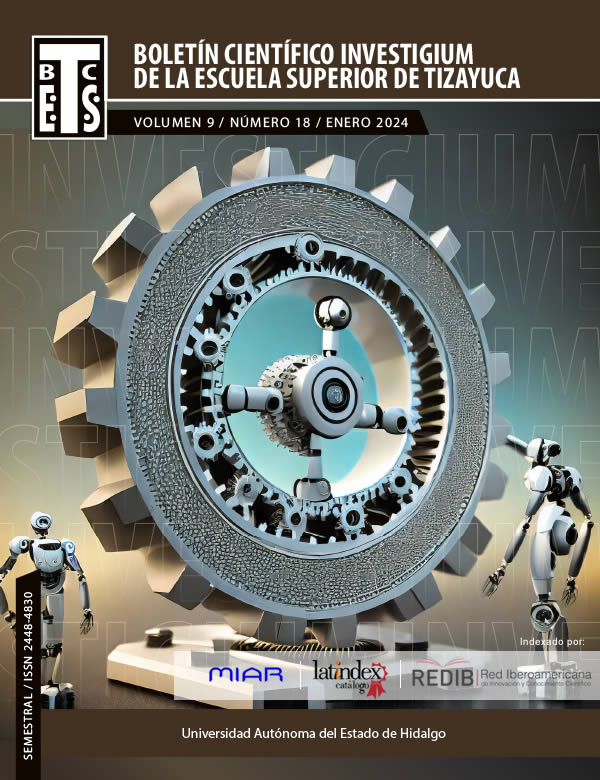Vernian projections of the current city: Paris in the 20th century
Abstract
This research article is structured around three hypotheses. We start from the idea that in his book Paris 20th Century Jules Verne presents the utopia-dystopia binomial as a constant. Not the desirable and the abhorred as separate phenomena, as would frequently be represented in 20th century literature; For the mentality of the 19th century, the time when his work was written, technology necessarily had that double face of admiration and terror, of revolution and involution. The second hypothesis maintains that the French writer uses a historical-logical procedure to write his novel. This path lies in considering the background of the past or present history of the technology of its time and, advancing logical consequences, projecting the Paris of the 20th century. That is to say, all his literary imagination is largely supported by a strong knowledge of the science of the time, a science that had not yet become hegemonic technology. The third hypothesis maintains that the impoverishment and death of the young artist, who is the main protagonist of Paris Siglo XX, may be a political interpretation of the defeats of the labor movement of the time, and that the spaces of the central city that the workers they had gained in the first decades of the 19th century are lost (or expropriated) by the Haussmannian reforms of the second half of that century
Downloads
References
Bedin, V. (2008). Prefacio a la obra “Paris Siglo XX”. España: Editorial Planeta.
Benjamin, W. (2003). La obra de arte en la época de la reproductibilidad Técnica. México: Editorial Itaca.
BradBury, R (2012). Fahrenheit 451. EEUU: Edición Reissue.
Carpentier, A. (1998). Los pasos perdidos. México: Siglo XXI.
Costa, J. (2015). Creatividad, invención e innovación. Aportes de la comunicación y la cultura No. 19.
Habermas, J. (1993). El Discurso Filosófico de la Modernidad. Madrid: Taurus Ediciones.
Historia del Alumbrado Público (2023). Disponible en: https://www.pbtecnologia.mx/post/historia-del-alumbrado-p%C3%BAblico
Huxley, A. (2020). Un mundo Feliz Retorno a un mundo feliz. México: Editorial Porrúa.
Labastida, J. (1978). Producción, ciencia y sociedad. De Descartyes a Marx. México: Siglo XXI
Martínez, G. (2022). Historia del alumbrado público. PBT, Preveduría de bienes y tecnología. Disponible en https://www.pbtecnologia.mx/post/historia-del-alumbrado-p%C3%BAblico. Última fecha de consulta 8 de abril de 2023
Marx, K. (1975). El Capital T. 1. Ciudad de México: Fondo de Cultura Económica.
Marx & Engels (1985). Obras Escogidas. Ciudad de México: Fondo de Cultura Económica.
Marx, K. (2007). Elementos fundamentales para la Crítica de la Economía Política (Grundrisse) 1857-1858. México: Siglo Veintiuno Editores.
Reygadas, L. (2011). ¿Enajenación o creatividad?El trabajo cognitivo en el capitalismo contemporáneo. Apuntes de investigación del CECYP, año XV No. 20, México. Disponible en https://dialnet.unirioja.es/descarga/articulo/4043001.pdf
Rosental, M. (1985). Problemas de la dialéctica en “El Capital” de C. Marx. México: Ediciones Quinto Sol.
Saldanha Machado, C. J., & de Oliveira Teixeira, M. (2005). La innovación para la sociología de la traducción. AIBR. Revista de Antropología Iberoamericana, (Esp), 0.
Sánchez Vázquez, A. (1975). Del Socialismo científico al socialismo utópico. México: Serie Popular Era
Verne, J. (1997). París en el Siglo XX. México: Ediciones Akal.
US (2023). Census Bureau for country. EU, Disponible en https://worldpopulationreview.com última fecha de consulta 8 de abril de 2023.
World Population by Country (Live). (2023). Disponible en: https://worldpopulationreview.com/
Copyright (c) 2024 Francisco Omar Peña Guajardo, Jesús Enciso González

This work is licensed under a Creative Commons Attribution-NonCommercial-NoDerivatives 4.0 International License.











